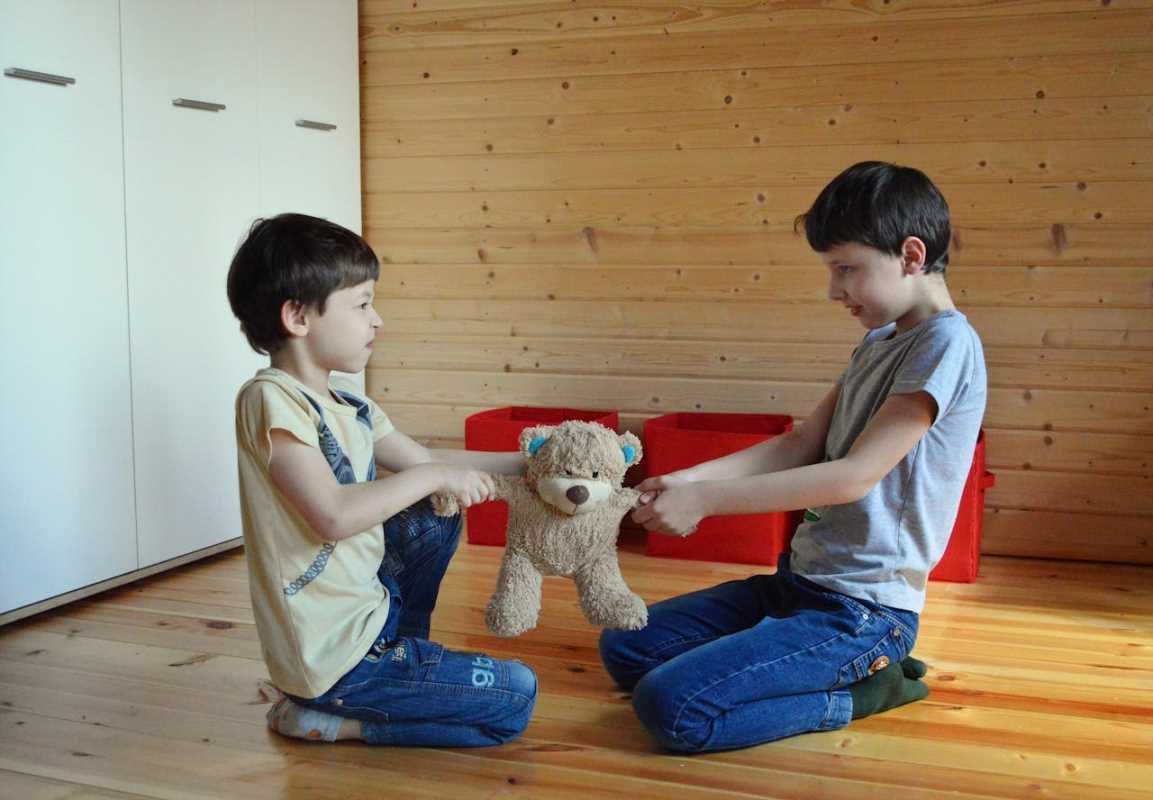Parenting is one of the most rewarding experiences in life, but it also comes with its fair share of challenges—especially when two parents approach it with differing styles. Variations in parenting methods can arise from factors such as upbringing, cultural influences, or personal values. These differences, while natural, can lead to misunderstandings or even conflicts if not navigated thoughtfully. Maintaining a united front is essential for creating a stable and loving environment for your children.
This article will explore how to recognize and address disparities in parenting styles effectively. You’ll discover actionable strategies to align your approaches, why it’s vital to strengthen your partnership, and how these adjustments can positively impact your family. By fostering open communication and collaboration, you can turn these differences into an opportunity to grow together as co-parents.
1. Recognize the Root of the Differences
Understanding why you and your partner parent differently is the first step to bridging the gap. Parenting styles often stem from deeply ingrained experiences from childhood. Someone raised in a strict household may favor firm boundaries, while a partner raised in a more permissive environment might prefer a more lenient approach. These past experiences often influence attitudes toward discipline, routines, and even how much freedom a child should have.
Past habits aren’t the only factor. Differences may also emerge from personality traits. For instance, one parent might prioritize structure and predictability, whereas the other values spontaneity and flexibility. Recognizing these influences helps foster empathy and acceptance.
What to Do:
Reflect together on how your individual upbringings shape your parenting choices. Ask each other questions like, “How did your parents handle discipline?” or, “What family values were most important to you growing up?” Engaging in this dialogue creates mutual understanding and sets the stage for productive conversations.
2. Focus on Your Shared Goals
Even parents with varied styles often share overarching hopes for their children, such as teaching kindness, fostering confidence, or encouraging responsibility. Anchoring your parenting discussions in these shared goals can help you approach your differences from a place of unity.
Identifying common ground allows you to work together as a team rather than viewing your styles as competing approaches. This collaboration sends a positive message to your children that their parents are a united front.
What to Do:
Write down three to five core values you both want to instill in your children, like honesty, respect, or curiosity. Use these values as a guide when making parenting decisions. For example, if responsibility is a priority, you might agree to give your child age-appropriate chores and oversee them using a method that aligns with both parents’ preferences.
3. Communicate Openly and Regularly
Open communication is the foundation of resolving differences in parenting approaches. Disparities in styles often escalate when assumptions go unsaid, leading to frustration or misunderstandings. Prioritizing consistent, honest discussions creates opportunities to address concerns before they become larger issues.
Instead of critiquing each other in the moment or mid-disagreement, communicate proactively in a neutral setting. This way, emotions remain manageable, and both partners feel respected.
What to Do:
Schedule regular times to discuss parenting matters, such as during dinner or a weekly check-in. Use “I” statements to express your feelings without assigning blame. For instance, say, “I feel tense when we disagree about bedtime routines,” instead of, “You always make bedtime harder.” This approach fosters collaboration rather than defensiveness.
4. Find Ways to Compromise
No parenting style is inherently wrong or right, which means compromise is key to forming a balanced approach. Combining the best of both methods allows you to create a plan that reflects each parent’s values while meeting your child’s needs.
Compromise doesn’t have to mean fully changing your stance. It involves blending elements of each perspective to reach a solution that feels fair to both parents.
What to Do:
When conflicts arise, identify one or two areas where you’re willing to adjust. For example, if one parent believes in strict screen-time limits while the other is more lenient, agree on specific “tech-free” hours during the week while allowing occasional weekend movie nights. Showing flexibility encourages your partner to do the same, creating an atmosphere of mutual respect.
5. Present a United Front
Consistency is crucial for children to feel secure and understand boundaries. Mixed signals from parents can confuse them and make it harder to establish rules or expectations. Regardless of your differing views, presenting a united front ensures your decisions carry more weight.
Disagreements shouldn’t happen in front of your children. When they observe their parents acting as a team, they learn valuable lessons about cooperation and problem-solving.
What to Do:
Discuss parenting decisions privately before addressing them with your child. For instance, if your child asks to skip homework for video games, tell them you’ll discuss it with your partner and provide an answer later. This approach prevents situations where one parent undermines the other, preserving unity.
6. Learn to Respect Each Other's Strengths
Each parent brings unique strengths and qualities to parenting. One might excel at creating fun, engaging activities that encourage creativity, while the other is skilled at establishing routines that promote responsibility. Celebrating these differences allows you to harness both strengths for your child’s benefit.
Instead of focusing on areas where your partner’s approach differs, consider how their methods complement your own. Acknowledging and respecting these contributions strengthens your partnership.
What to Do:
Make it a point to express appreciation for what your partner does well as a parent. For example, say, “I really admire how you encourage the kids to express their feelings,” or, “I think it’s great that you’ve been teaching them how to follow a routine for school.” Positive reinforcement builds trust and encourages collaboration.
7. Seek Guidance Together
Despite your best efforts, some differences may feel too challenging to resolve alone. Seeking outside guidance can provide clarity and introduce new tools to help you align your parenting styles. Professionals like family counselors or parenting coaches specialize in helping couples create cohesive approaches to raising children.
Getting support doesn’t mean you’ve failed as parents. It reflects your shared commitment to improving your partnership and creating the best environment for your children.
What to Do:
Research family workshops, books, or counseling services focused on co-parenting. Approach the decision to seek guidance as a team. For example, express your interest by saying, “I think working with someone could help us find more balance as parents. What’s your take on it?”
Navigating Differences Effectively
- Prioritize Quality Couple Time: Strengthen your relationship outside of parenting by spending time together as a couple.
- Build a Support Network: Connect with other parents for advice and perspectives on resolving conflicts.
- Check in Regularly: Discuss parenting challenges weekly to keep communication flowing.
- Revisit and Adjust Rules: Be open to revising parenting plans as your child’s needs evolve.
Parenting together doesn’t mean agreeing on every detail, but it does require a shared commitment to understanding, partnership, and flexibility. By approaching your differences with empathy and openness, you and your partner can create a balanced parenting dynamic that nurtures your child’s well-being and strengthens your family bond.
 (Image via
(Image via





